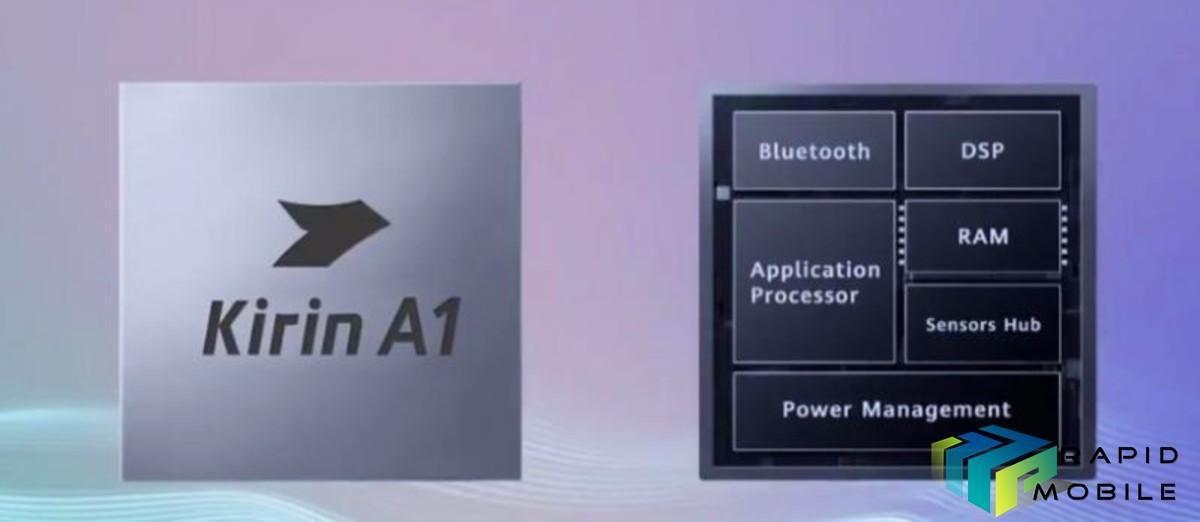Huawei has announced that the Kirin A1 chipset will be coming to India in December. The new Kirin A1 SoC is designed specifically for wearables and supports Bluetooth 5.1.
Huawei did not confirm the names of the wearable devices it plans to launch in India, but it would be safe to assume they will be the FreeBuds 3 and Watch GT 2, announced in September.
“As a consumer-centric brand, Huawei has always been at the forefront of technology innovation driven by deep-rooted consumer insights. The Kirin A1 is a very powerful chipset and is anticipated to bring in a paradigm shift in India’s wearable market.
In line with our legacy of eliminating consumer pain points- Products powered by this chipset will provide unparalleled performance, power efficiency and connectivity,” Tornado Pan, Country Manager, Huawei Consumer Business Group, Huawei India, said.
The Kirin A1 chipset include a dual-chip design and support for Bluetooth 5.1 and BLE 5.1 protocols. The latter helps the Kirin A1 switch back to the low-energy mode whenever possible, thereby resulting in power consumption as low as 10mA per MHz which is nearly one-third of similar wearable-centric chips from other manufacturers.
For truly wireless earphones, the chipset supports isochronous Bluetooth connectivity which means that both of the earbuds can connect to the input source independently. The range of Bluetooth connections on devices using this chip is 150 meters (~500 ft / 165 yards).
Huawei’s Kirin A1 chip uses a single-core Arm Cortex M7 processor with a maximum frequency of 200MHz. The 4.3 x 4.4 mm die consists of a Bluetooth chip, an audio processing unit, a “low-power” application processor, and a power management unit.
Huawei says the chipset is designed to deliver accurate readings and low-latency readings from multiple sensors and high-quality aural experience on audio accessories.
This combined with a capacitive sensor, optical heart rate sensor, and additional sensors such as accelerometer sensor and six axis sensor will allow Huawei to offer a powerful wearable product to “disrupt” the market.



